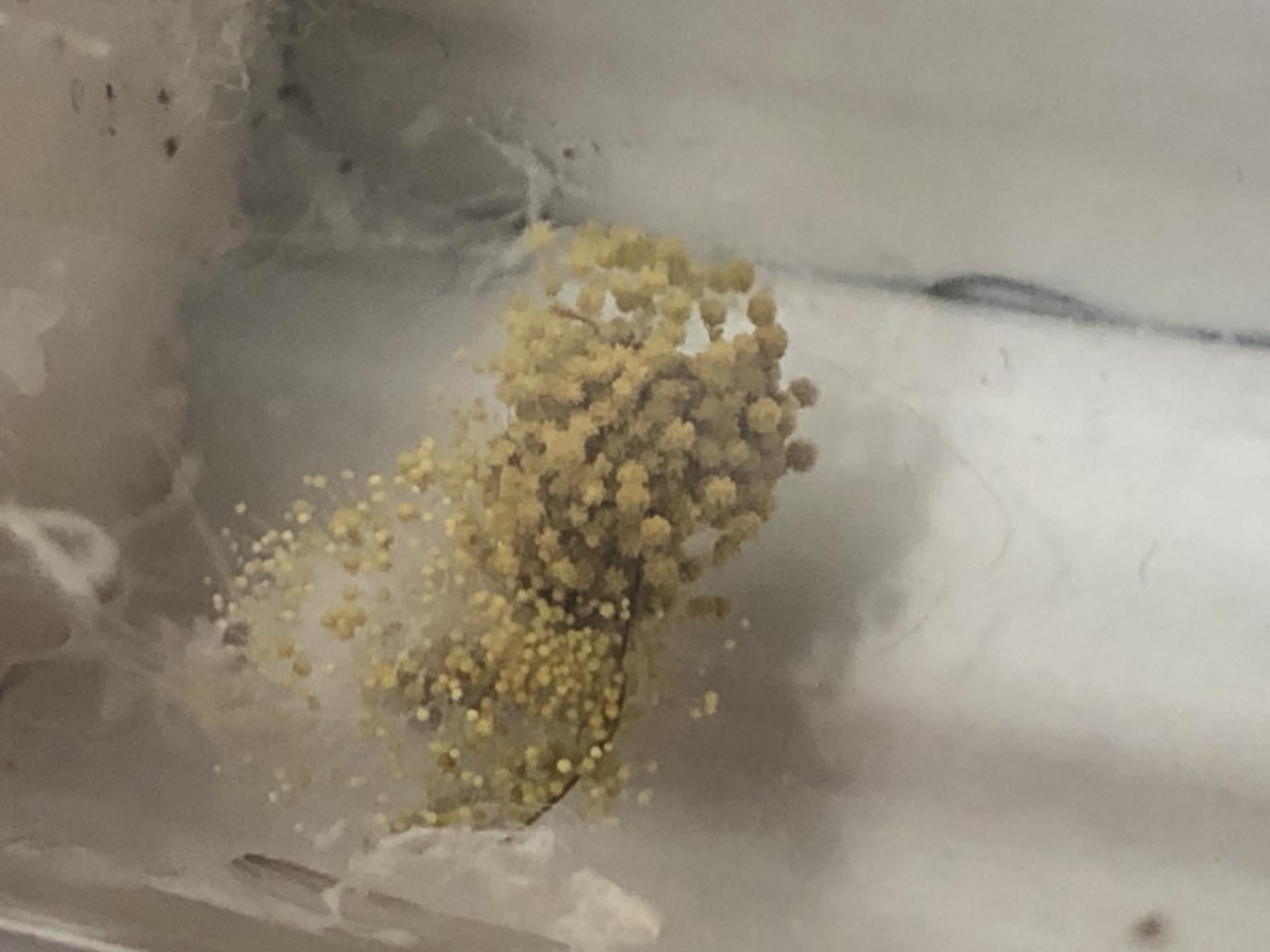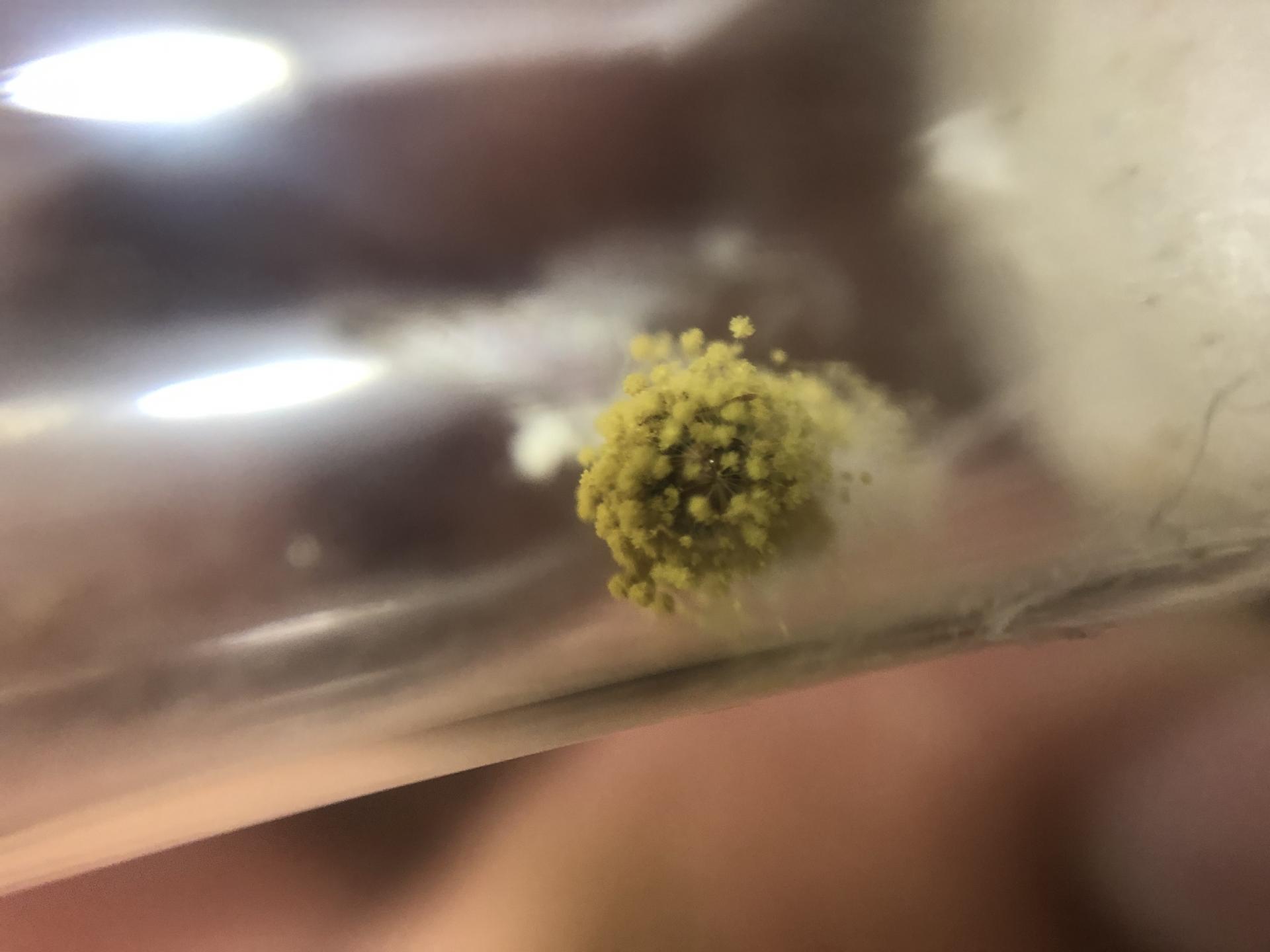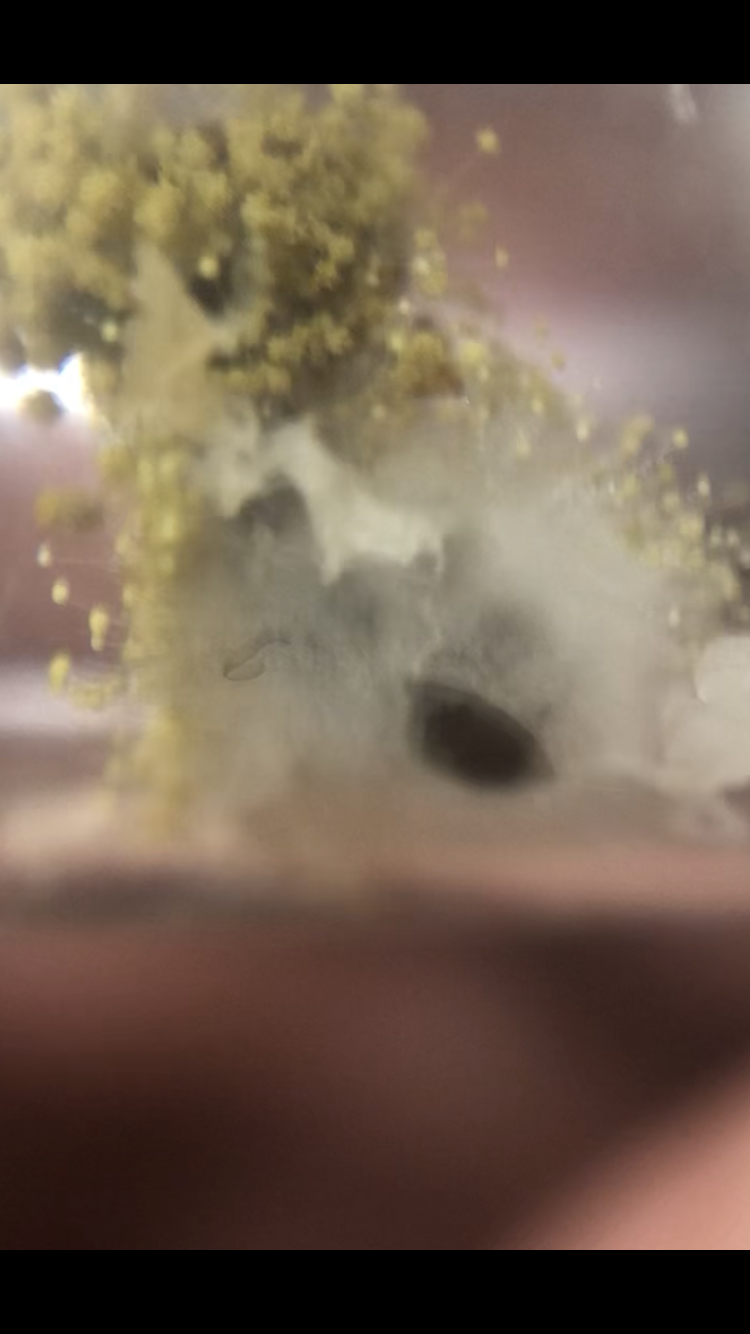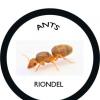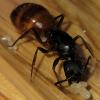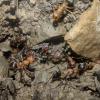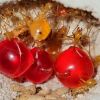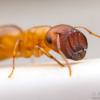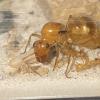- Formiculture.com
- Forums
- Gallery
- Members
- Member Map
- Chat
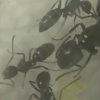
Brutal Ant Queen Post-Death ¿Fungus?
Started By
CamponotusLover
, Sep 20 2023 3:07 AM
bacteria fungus queen
17 replies to this topic
#1
 Offline
-
Posted September 20 2023 - 3:07 AM
Offline
-
Posted September 20 2023 - 3:07 AM
Just thought I’d share as I haven’t seen one quite like this before, caught her about a month and a half ago. Checked on her after 2 weeks to find her dead and covered in hundreds of these sporophore-like growth things. Idk what it is, fungus, parasite, random bacteria? Gives me the hibee jibees. She is solid stuck to the test tube like a statue.
#2
 Offline
-
Posted September 20 2023 - 7:02 AM
Offline
-
Posted September 20 2023 - 7:02 AM
I saw this happen with one of my Queens. I believe it is just some type of mold.
#4
 Offline
-
Posted September 20 2023 - 7:43 AM
Offline
-
Posted September 20 2023 - 7:43 AM
That sometimes happens with leftover food in my tubes when they aren't cleaned up well. I'm guessing the mold grew after the queen died.
- Virginian_ants likes this
"Float like a butterfly sting like a bee, his eyes can't hit what the eyes can't see."
- Muhammad Ali
Check out my shop and cryptic ant journal! Discord user is bmb1bee if you'd like to chat.
Also check out my YouTube channel: @bmb1bee
#5
 Offline
-
Posted September 20 2023 - 9:27 AM
Offline
-
Posted September 20 2023 - 9:27 AM
This is aspergillus flavus, a type of fungus. Unlike some other molds, this stuff is far from harmless, and can quickly ravage a colony if it’s allowed to spread. It usually first appears on dead workers or other things in the trash pile, but can then infect live ones especially if your colony is kept in a small space such as a test tube. Luckily in your case it isn’t a cause of concern as the queen is already dead, but I wouldn’t reuse that tube if i were you.
My journals:
Polyergus Mexicanus: https://www.formicul...gs/#entry175528
Lasius minutus: https://www.formicul...cs/#entry174811
Lasius latipes: https://www.formicul...gs/#entry206449
General acanthomyops journal: https://www.formicul...yops-with-eggs/
Polyergus Mexicanus: https://www.formicul...gs/#entry175528
Lasius minutus: https://www.formicul...cs/#entry174811
Lasius latipes: https://www.formicul...gs/#entry206449
General acanthomyops journal: https://www.formicul...yops-with-eggs/
#6
 Offline
-
Posted September 20 2023 - 6:10 PM
Offline
-
Posted September 20 2023 - 6:10 PM
This is aspergillus flavus, a type of fungus. Unlike some other molds, this stuff is far from harmless, and can quickly ravage a colony if it’s allowed to spread. It usually first appears on dead workers or other things in the trash pile, but can then infect live ones especially if your colony is kept in a small space such as a test tube. Luckily in your case it isn’t a cause of concern as the queen is already dead, but I wouldn’t reuse that tube if i were you.
I second this, this mold can be quite harmful to your colonies, so id suggest either not reusing the tube, or heat sterilizing it to be sure
#7
 Offline
-
Posted September 20 2023 - 8:55 PM
Offline
-
Posted September 20 2023 - 8:55 PM
I had a sponge growing that stuff on it once. Hot water seems to kill spores, since I rinsed it in hot water for a little bit and the colony using it seems completely fine.
"Float like a butterfly sting like a bee, his eyes can't hit what the eyes can't see."
- Muhammad Ali
Check out my shop and cryptic ant journal! Discord user is bmb1bee if you'd like to chat.
Also check out my YouTube channel: @bmb1bee
#8
 Offline
-
Posted September 21 2023 - 2:58 AM
Offline
-
Posted September 21 2023 - 2:58 AM
It seems like some of this fungus is on my Camponotus Castaneus colony's trash so I removed the pile.
Edited by Virginian_ants, September 21 2023 - 12:10 PM.
#9
 Offline
-
Posted September 21 2023 - 9:49 AM
Offline
-
Posted September 21 2023 - 9:49 AM
I'd toss the test tube. It's a very resilient mold. Removing infected food or ant corpses does not get rid of the spores, so you have to do a total cleanse, otherwise it comes back relentlessly. I should know!
#10
 Offline
-
Posted September 21 2023 - 4:48 PM
Offline
-
Posted September 21 2023 - 4:48 PM
Would tubes that had queens with mold like this still be re-usable if I cleaned them with HOT HOT water?
#11
 Offline
-
Posted September 21 2023 - 5:23 PM
Offline
-
Posted September 21 2023 - 5:23 PM
Would tubes that had queens with mold like this still be re-usable if I cleaned them with HOT HOT water?
Yes, should be fine since glass is easy to clean. This is if you can get the cotton or sponge out.
#12
 Offline
-
Posted September 21 2023 - 6:07 PM
Offline
-
Posted September 21 2023 - 6:07 PM
I’ve done it. It’ll be fine!Would tubes that had queens with mold like this still be re-usable if I cleaned them with HOT HOT water?
#13
 Offline
-
Posted September 21 2023 - 6:28 PM
Offline
-
Posted September 21 2023 - 6:28 PM
Of course, but use boiling water, not just hot water.Would tubes that had queens with mold like this still be re-usable if I cleaned them with HOT HOT water?
- 100lols likes this
"The ants are a people not strong, yet they prepare their meat in the summer." Prov. 30:25
Keep ordinary ants in extraordinary ways.
Keep ordinary ants in extraordinary ways.
#14
 Offline
-
Posted September 22 2023 - 2:13 AM
Offline
-
Posted September 22 2023 - 2:13 AM
This is aspergillus flavus, a type of fungus. Unlike some other molds, this stuff is far from harmless, and can quickly ravage a colony if it’s allowed to spread. It usually first appears on dead workers or other things in the trash pile, but can then infect live ones especially if your colony is kept in a small space such as a test tube. Luckily in your case it isn’t a cause of concern as the queen is already dead, but I wouldn’t reuse that tube if i were you.
Is it really this bad? A similar species of fungus (possibly the same) grows in the trash piles of my Anochetus colony. They aren't affected by it in the slightest and have been doing well. No brood dies, no workers get infected etc. Their nest is also in close proximity to the trash pile, so distance isn't stopping the mold either.
Young ant keeper with a decent amount of knowledge on local ant species.
YouTube: https://m.youtube.co...uKsahGliSH7EqOQ (It's pretty dead. Might upload again soon, don't expect my voice to sound the same though.)
Currently kept ant species, favorites have a star in front of their names (NOT in alphabetical order, also may be outdated sometimes): ★ Camponotus irritans inferior, ★ Ooceraea biroi, Pheidole parva, ★ Nylanderia sp., ★ Paraparatrechina tapinomoides, Platythyrea sp., Anochetus sp., Colobopsis sp. (cylindrica group), ★ Crematogaster ferrarii, Polyrhachis (Myrma) cf. pruinosa, Polyrhachis (Cyrtomyrma) laevissima, Tapinoma sp. (formerly Zatapinoma)
Death count: Probably over a hundred individual queens and colonies by now. I cannot recall whatsoever.
YouTube: https://m.youtube.co...uKsahGliSH7EqOQ (It's pretty dead. Might upload again soon, don't expect my voice to sound the same though.)
Currently kept ant species, favorites have a star in front of their names (NOT in alphabetical order, also may be outdated sometimes): ★ Camponotus irritans inferior, ★ Ooceraea biroi, Pheidole parva, ★ Nylanderia sp., ★ Paraparatrechina tapinomoides, Platythyrea sp., Anochetus sp., Colobopsis sp. (cylindrica group), ★ Crematogaster ferrarii, Polyrhachis (Myrma) cf. pruinosa, Polyrhachis (Cyrtomyrma) laevissima, Tapinoma sp. (formerly Zatapinoma)
Death count: Probably over a hundred individual queens and colonies by now. I cannot recall whatsoever.
#15
 Offline
-
Posted September 22 2023 - 8:28 AM
Offline
-
Posted September 22 2023 - 8:28 AM
My Aphaenogaster occidentalis seem to do pretty well even when near this kind of fungus. Not sure why though, since my Camponotus are highly sensitive to it.
"Float like a butterfly sting like a bee, his eyes can't hit what the eyes can't see."
- Muhammad Ali
Check out my shop and cryptic ant journal! Discord user is bmb1bee if you'd like to chat.
Also check out my YouTube channel: @bmb1bee
#16
 Offline
-
Posted September 22 2023 - 11:28 AM
Offline
-
Posted September 22 2023 - 11:28 AM
This is aspergillus flavus, a type of fungus. Unlike some other molds, this stuff is far from harmless, and can quickly ravage a colony if it’s allowed to spread. It usually first appears on dead workers or other things in the trash pile, but can then infect live ones especially if your colony is kept in a small space such as a test tube. Luckily in your case it isn’t a cause of concern as the queen is already dead, but I wouldn’t reuse that tube if i were you.
Is it really this bad? A similar species of fungus (possibly the same) grows in the trash piles of my Anochetus colony. They aren't affected by it in the slightest and have been doing well. No brood dies, no workers get infected etc. Their nest is also in close proximity to the trash pile, so distance isn't stopping the mold either.
How big is your colony? I read somewhere that larger colonies are much more resilient. Most of my founding colonies affected by it died.
#17
 Offline
-
Posted September 22 2023 - 12:49 PM
Offline
-
Posted September 22 2023 - 12:49 PM
Yeah larger colonies are better at handling it, especially if they have an outworld. The real danger is when you find it in a colony that's still in a test tube.
My journals:
Polyergus Mexicanus: https://www.formicul...gs/#entry175528
Lasius minutus: https://www.formicul...cs/#entry174811
Lasius latipes: https://www.formicul...gs/#entry206449
General acanthomyops journal: https://www.formicul...yops-with-eggs/
Polyergus Mexicanus: https://www.formicul...gs/#entry175528
Lasius minutus: https://www.formicul...cs/#entry174811
Lasius latipes: https://www.formicul...gs/#entry206449
General acanthomyops journal: https://www.formicul...yops-with-eggs/
#18
 Offline
-
Posted September 25 2023 - 12:49 AM
Offline
-
Posted September 25 2023 - 12:49 AM
I've had significant losses of ants and colonies this summer from a pathogen that sounds very much like the mold you describe. I have written about my experiences in a Journal found at Journal of My Afflicted Colonies - Ant Keeping Journals - Ants & Myrmecology Forum (formiculture.com). I hope that link works. Any suggestions you make there to help my colonies recover will be greatly appreciated.
RPT
My father always said I had ants in my pants.
1 user(s) are reading this topic
0 members, 1 guests, 0 anonymous users



